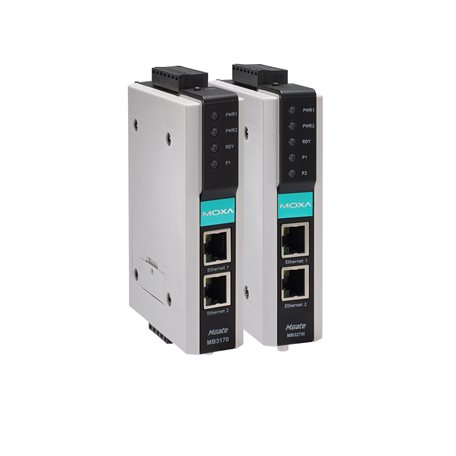The operation of data centers is enormously energy and cost intensive. In order to evaluate the efficiency of the energy used in data centers, there are several approaches that can be used to quantify energy efficiency. In this context, two key figures appear frequently:
- PUE (Power Usage Effectiveness)
This technical key figure can be used to represent the energy efficiency of a data center. The PUE value puts the energy consumed by only the IT equipment in a data center in relation to the total energy consumption of the data center IT infrastructure. - EUE (Energy Usage Effectiveness)
Compared to the PUE indicator, which is usually calculated for relatively short periods, the EUE indicator shows the ratio over a year. Seasonal fluctuations are taken into account, which means that a more realistic trend can be calculated.
The importance of PUE values
In theory, the goal is to get the PUE value as close to 1.0 as possible, meaning that almost 100% of the energy is spent on operating the IT infrastructure. In reality, 1.0 is not achievable, of course. However, it is possible to achieve very low values nowadays. For example, the average of all Google data centers in 2017, which are among the most efficient in the world, had a PUE of 1.2. This value states that only 20% of the energy is required for other processes such as cooling and air conditioning of the data center or power conversion.
The calculation of the PUE value
When calculating the PUE, the total energy supplied is divided by the energy consumed by the IT equipment. The value determined thus indicates the energy balance and expresses the energy efficiency of a data center. The formula for calculating the PUE value is therefore as follows:

It should be noted that the energy consumption of the equipment, includes the consumption of all IT equipment. This includes:
- Server
- Storage
- Network equipment
- Telecommunication equipment
- Emergency lighting
- UPS protected control systems
Optimization of energy efficiency in practice
A multinational energy management system (EMS) integrator in the U.S. helped their client, a world-leading computer technology company, optimize energy efficiency in their data centers. The EMS required the collection of both power consumption and temperature data from power distribution units (PDU), so that operators could use this information to reduce energy waste and ensure suitable power distribution conditions.
To realize this, the following requirements had to be met:
- Smooth data communication from PDUs to the EMS
- Efficient configuration tools for fast deployment in large-scale applications
- Flexible wiring solution between dozens of PDUs
Communication between PDUs and EMS
| To develop smooth data communication between the PDUs and the EMS, Moxa's MGate MB3170 Modbus gateways were deployed to convert Modbus RTU data, collected from power meters and temperature sensors, to Modbus TCP data for easy integration into the Ethernet-based EMS. In addition, the MGate MB3170 Modbus gateways come with IT-friendly command line tools for mass configuration and Ethernet cascading that enables flexible deployment between dozens of PDUs used in the data centers. |  |
iAbout Moxa:
As a leading provider of automation solutions for industrial networks, Moxa helps drive the Industrial Internet of Things (IIoT). Boasting 30+ years of experience in the field, Moxa has connected over 71 million devices worldwide and operates a sales & service network that reaches customers in more than 80 countries.
Moxa offers a wide range of innovative, high-quality solutions for industries such as factory automation, smart rail, smart grid, intelligent transportation, oil & gas, marine, and mining. Moxa provides its industrial partners with the tools and expertise they need to benefit from the convergence of their automation networks and make their operations smarter, safer, and more efficient. Moxa provides for sustainable added value by supplying industry with reliable networks and comprehensive service for industrial communication infrastructures.
Monitoring with Paessler PRTG
By supporting industrial methods and protocols such as JSON, MQTT, OPC UA, and Modbus, PRTG expands the traditional IT portfolio and provides for a monitoring solution that works for both IT and OT. Thus, gateways such as MGate from Moxa can be easily integrated with PRTG and contribute to monitoring energy consumption.
Paessler and Moxa
Together, Paessler and Moxa form the basis for success by helping their joint customers merge their IT and OT environments. The benefits are obvious:
- Quick troubleshooting thanks to cross-departmental root cause analyses
- Centralized overview of IT and OT environments with customized dashboards and alerts
- Increased security thanks to the integration of MXview Security View into the central monitoring of PRTG
Source: https://blog.paessler.com/optimizing-energy-efficiency-in-data-centers-with-moxa-and-prtg
